Horticulture Highlight: Ginkgo biloba, Ginkgo
Jim Gorman October 29, 2024 Plants & Wildlife
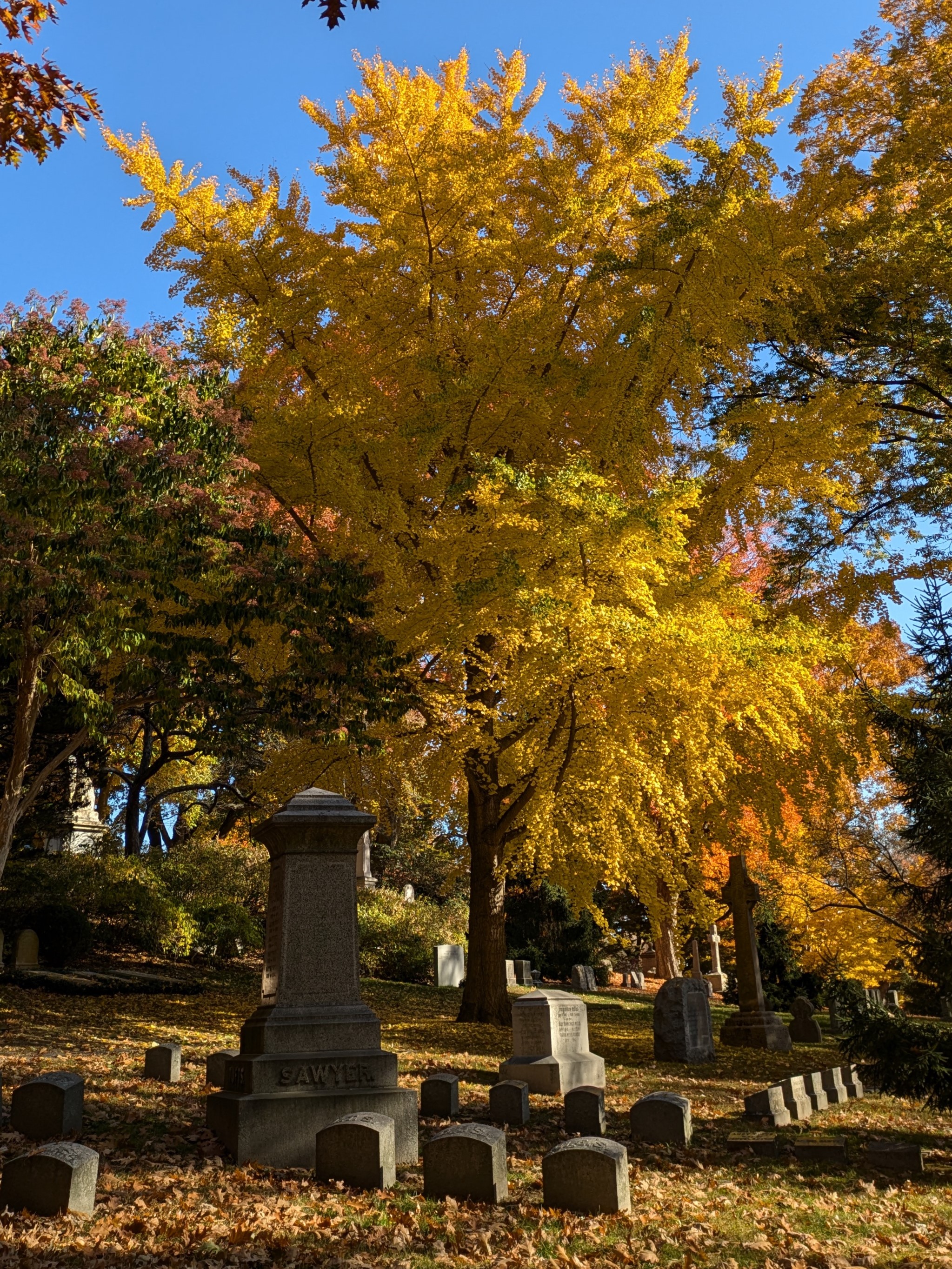
…in November, on a single night
Howard Nemerov
not even near to freezing, the ginkgo trees
that stand along the walk drop all their leaves
in one consent, and neither to rain nor to wind
but as though to time alone: the golden and green
leaves litter the town today, that yesterday
had spread aloft their fluttering fans of light.
Ginkgo biloba, the ginkgo tree, can be one of our most spectacular trees for golden, autumn color. The long-stalked, fan-shaped, simple, leaves are 2-3 inches long and wide, and occur in clusters of 3-5, on short spurs along the tree’s branch stems. There sometimes is a notch along the broad summit of some of its leaves, creating a butterfly shape, and hence the epithet “biloba”. In late-autumn there is a tendency for most of a tree’s leaves to curiously all fall off, during a one-to-five-day period. Hence the description/feeling of the Nemerov poem.
The Ginkgo has been termed a “living fossil” and an “emblem of changelessness”. It is one of the oldest surviving tree taxa on earth, with fossils of related species found that date back to perhaps 270-million years ago. This heritage is to a time before when dinosaurs thrived and roamed the earth. Today, Ginkgo biloba is termed monotypic, meaning it is the only species in the genus. Additionally, Ginkgo is the only genus in the family GINKGOACEAE, hence doubly monotypic.
Ginkgo biloba is native to Eastern China, and during the Han Dynasty (206 BC – AD 220) was known as a holy tree. In China, it has been the subject of poems and paintings, from the 11th century. Introduced into Japan from the Yangtze River delta region, it was in Japan, in 1690, that the German, naturalist-explorer, Engelbert Kaempfer (1651-1716) first observed Ginkgo. The first live trees arrived in Europe at the Utrecht Botanic Garden, Netherlands, about 1730. It first came to the United States, from London, in 1785, to the Philadelphia area. Today, in Philadelphia, at Bartram’s garden, one surviving tree planted in 1785 is commonly recognized as the oldest Ginkgo in the U. S. In China there are individual trees known to be older than 1000 -years, and some have speculated that Ginkgo may live up to 2000 years.
The inconspicuous flowers of Ginkgo biloba, which occur in the spring, are dioecious, meaning there are separate male and female flowered trees. The fruit, found only on female trees, is not a true “fruit”, but instead a seed with a fleshy, outer layer. This fleshy layer is orange-colored when ripe, and the source of the infamous foul odor. Inside a peanut-like shell, there is a soft kernel-like seed. For centuries these seeds have been considered to have medicinal value. The seeds are marketed on a large scale and are an important Chinese export crop. Extracts from Ginkgo leaves also have several medicinal values: used to increase vasodilation and peripheral blood flow rates, and effective in the treatment of arthritis, tinnitus, and some eye conditions.
The interesting reputation of long survivability of Ginkgo biloba is enhanced by famous specimens growing near the site of the 1945 atomic bomb at Hiroshima, Japan. A few trees located not far from the epicenter had their canopies and trunks destroyed, but sprouting from their bases, are still growing today, known as the ‘hibakujumoku’. The Oxford Botanic Garden has collected and planted seeds from these trees as symbols of peace.
We have more than two-dozen Ginkgo biloba growing at Mount Auburn. On your next autumn visit look for these “living fossils” at Asa Gray Garden, Halcyon Avenue, Magnolia Avenue, Spruce Avenue, Walnut Avenue, Pearl Avenue, Western Avenue, Bradlee Road, Field Road, Narcissus Path, Indian Ridge Path, Robin Path, Mist Path, Sparrow Path, Aralia Path and Ilex Path.

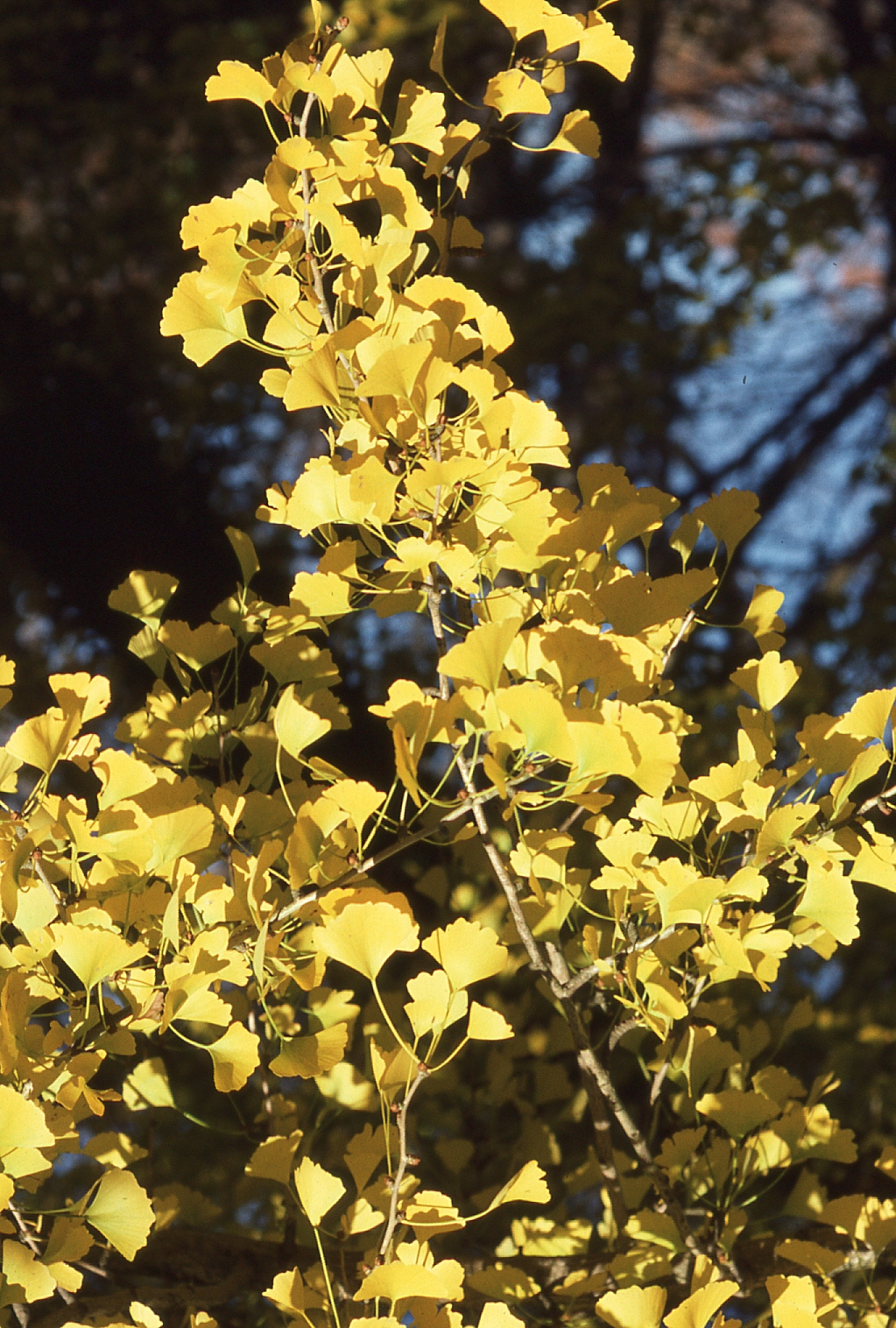
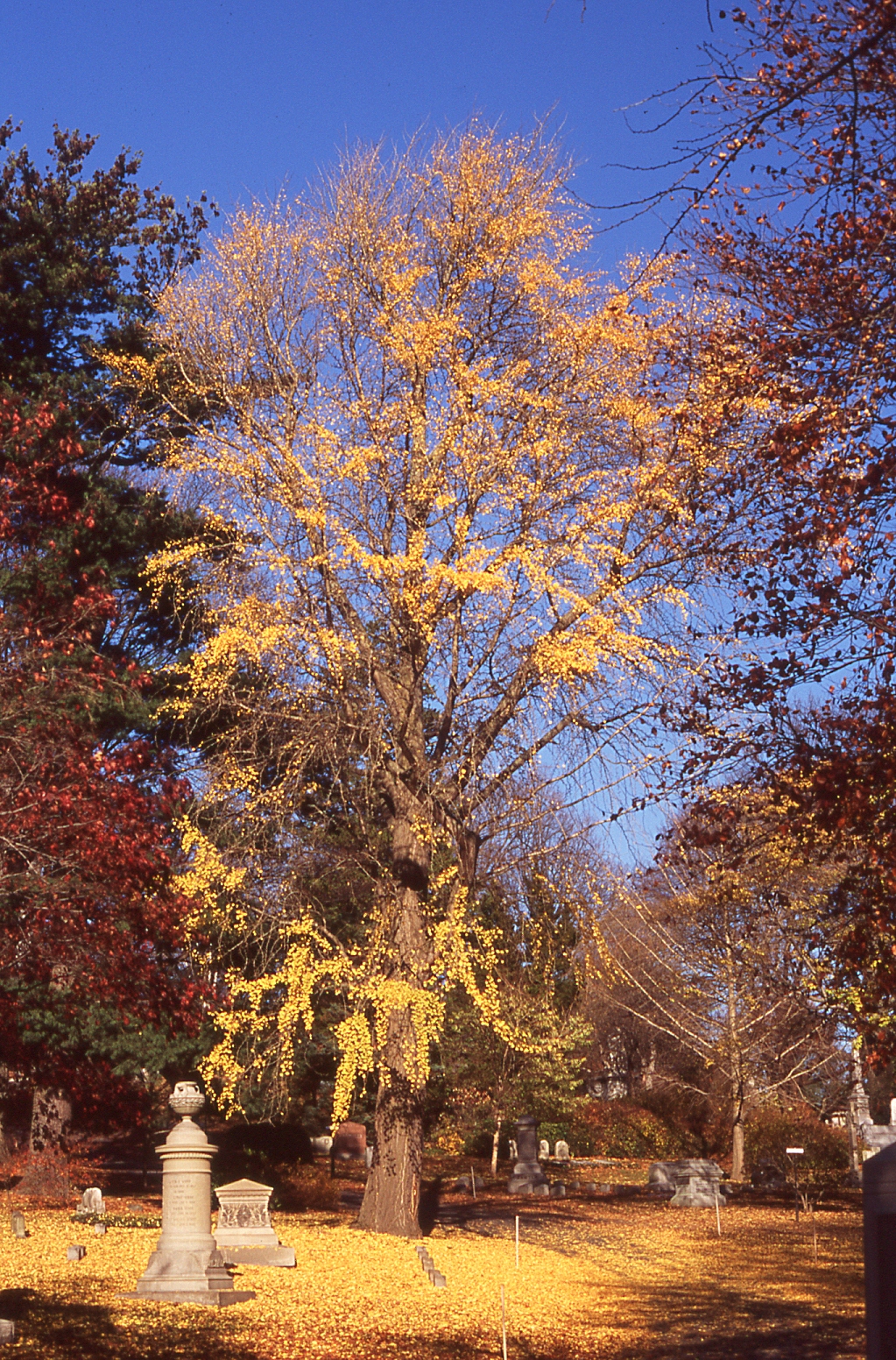

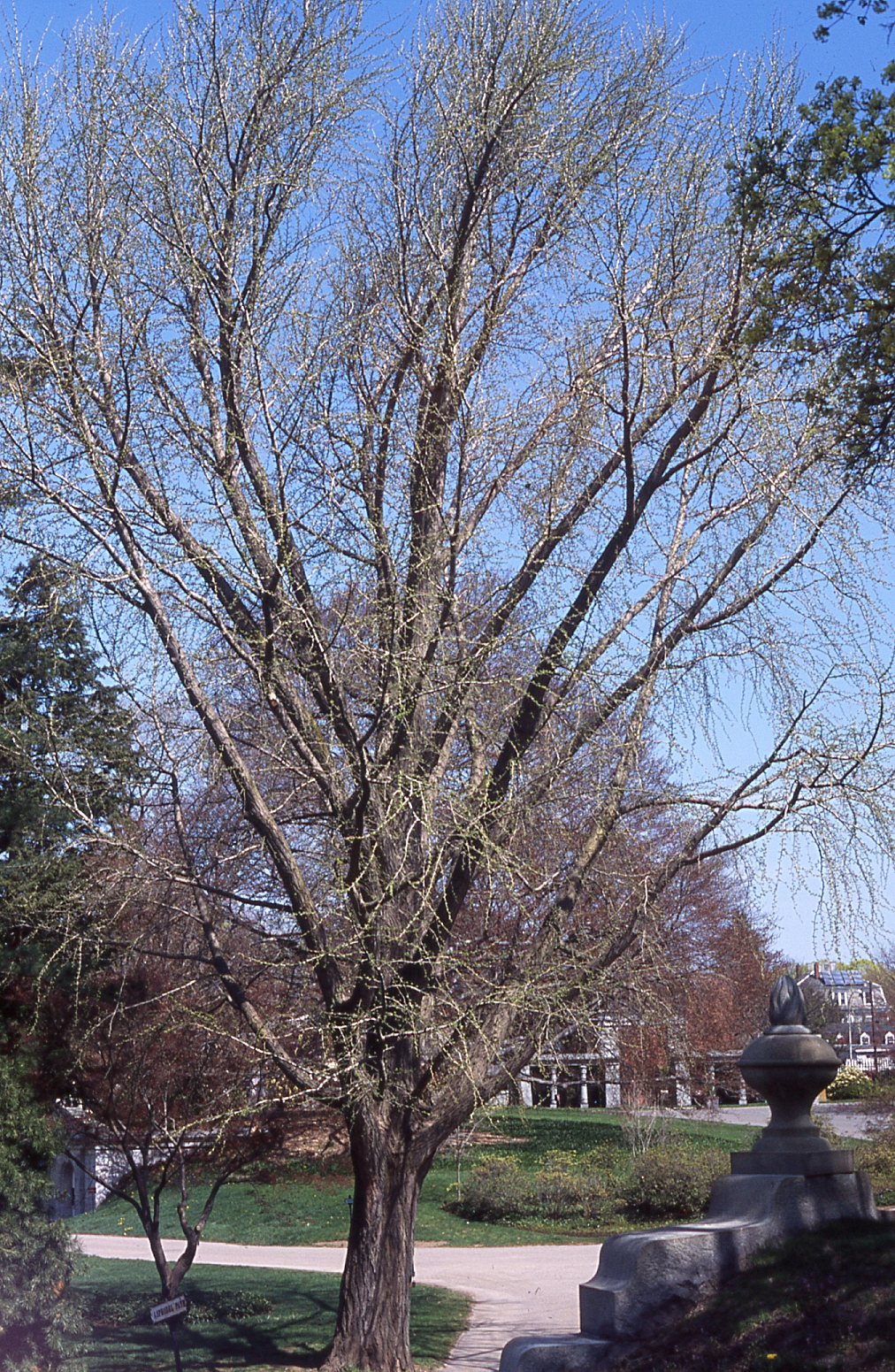
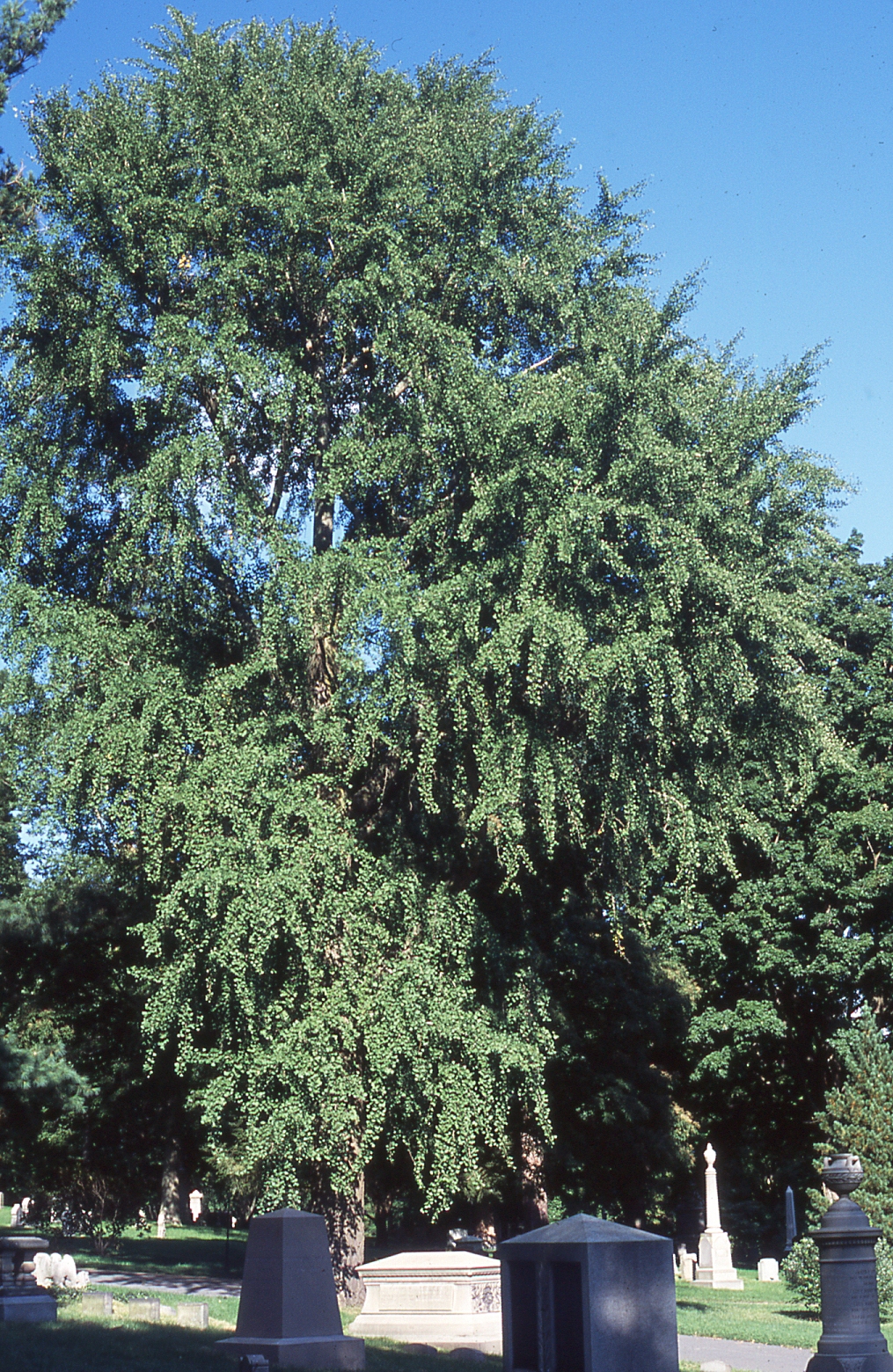
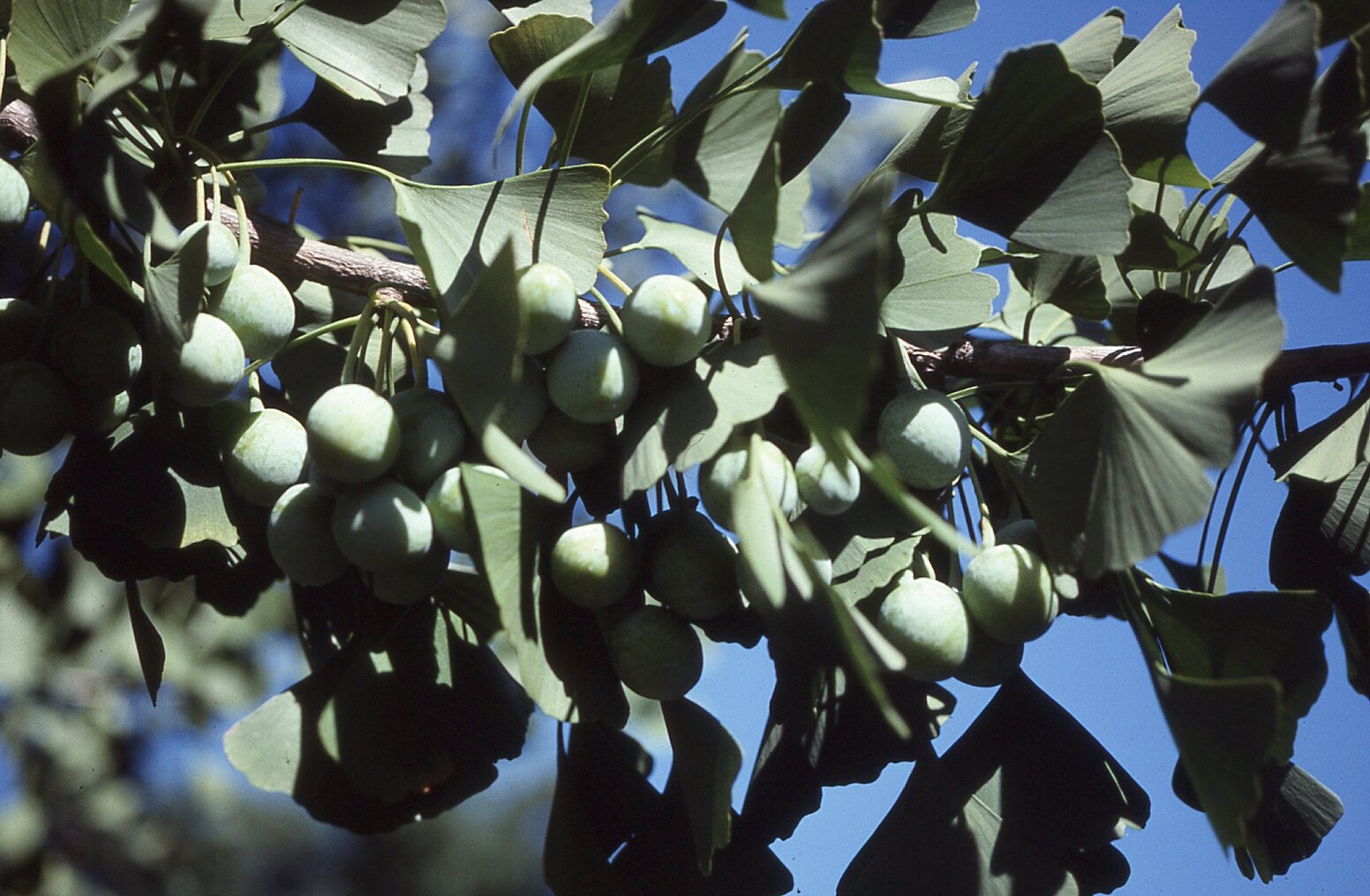
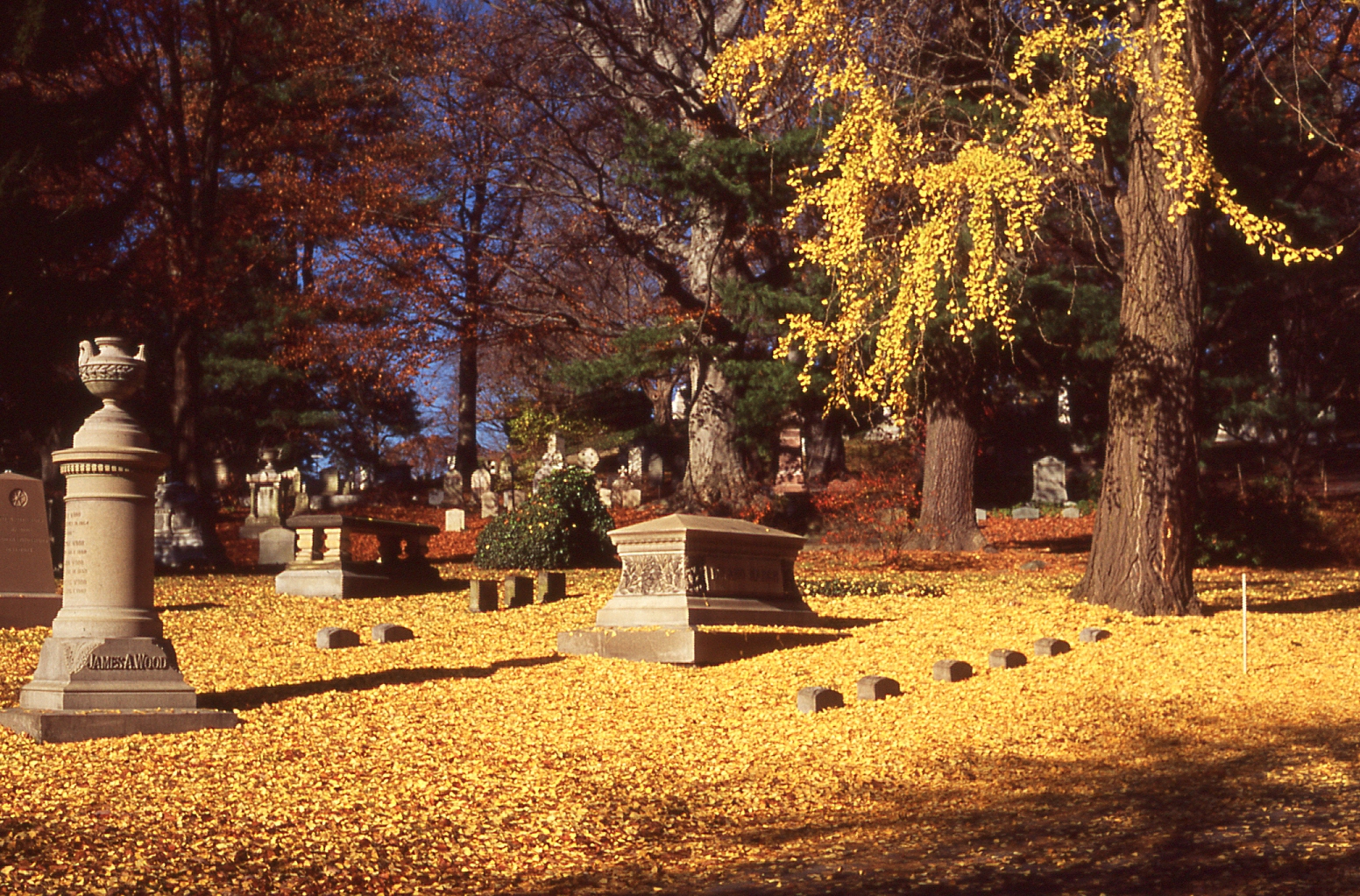
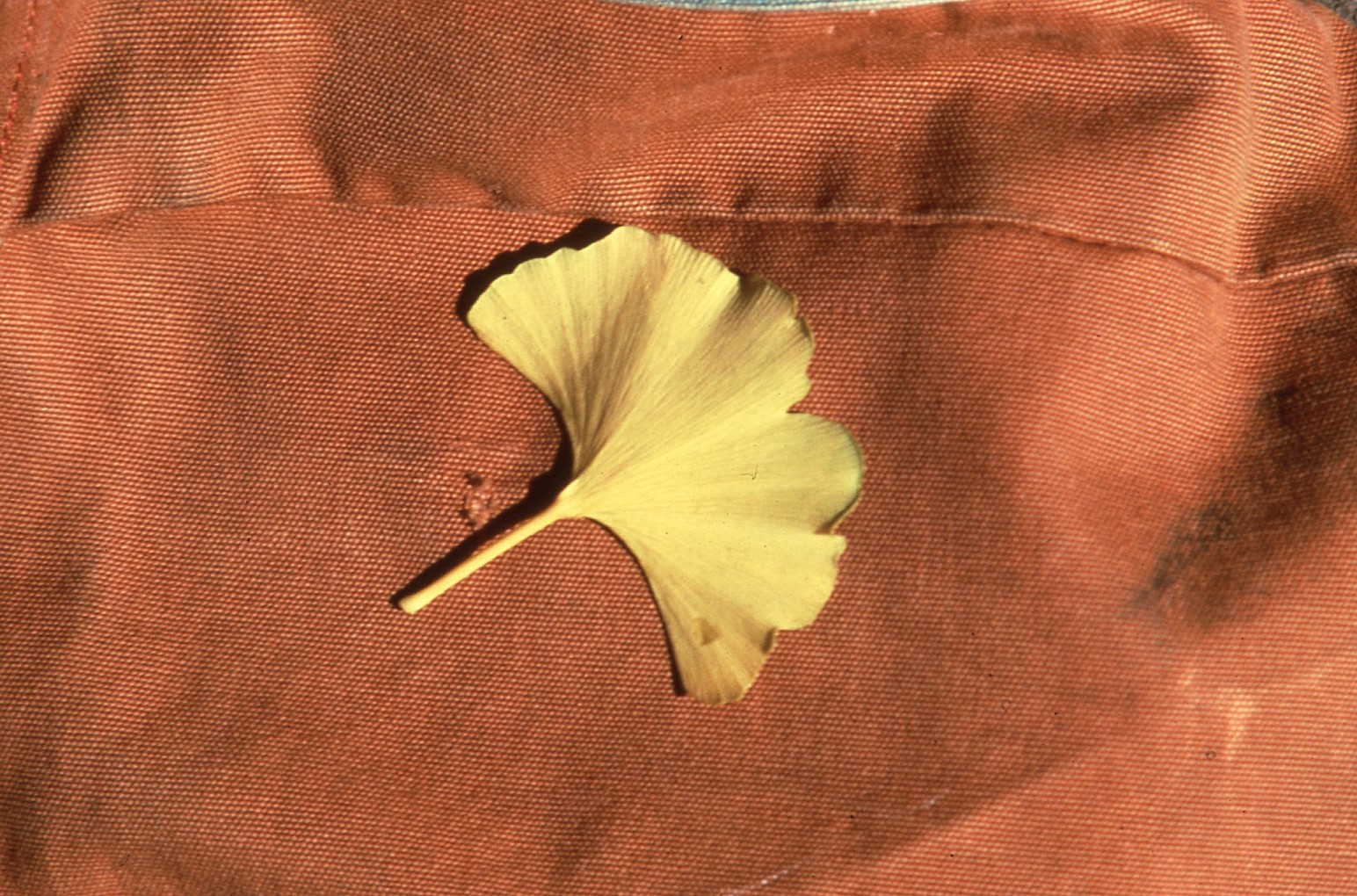
Comments
Comments for this post are closed